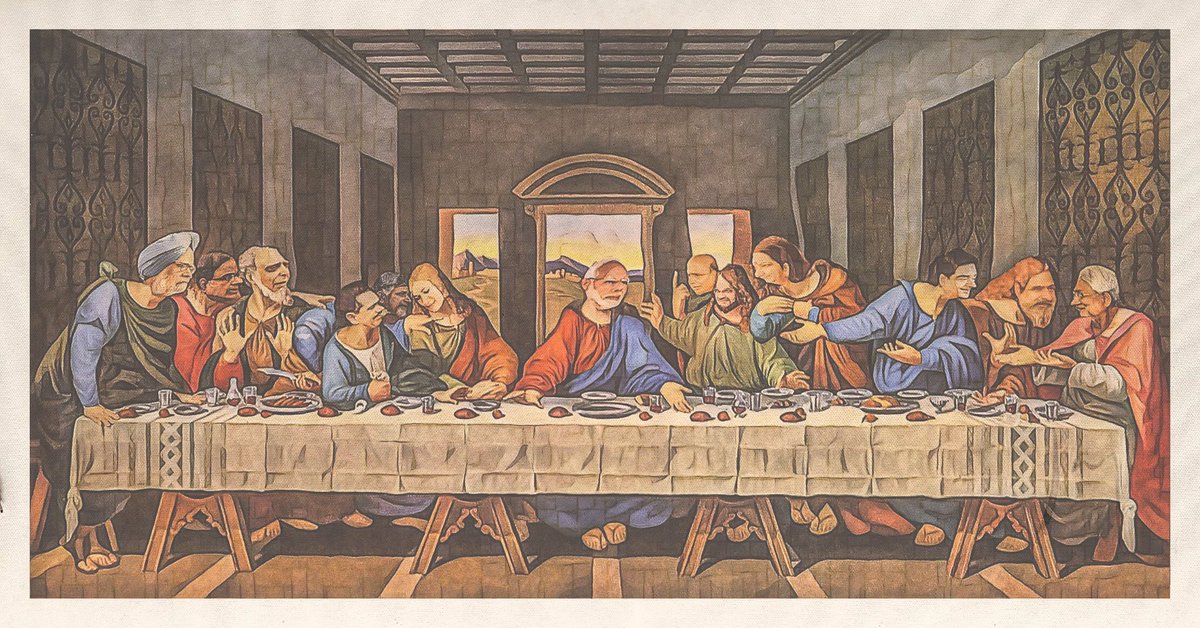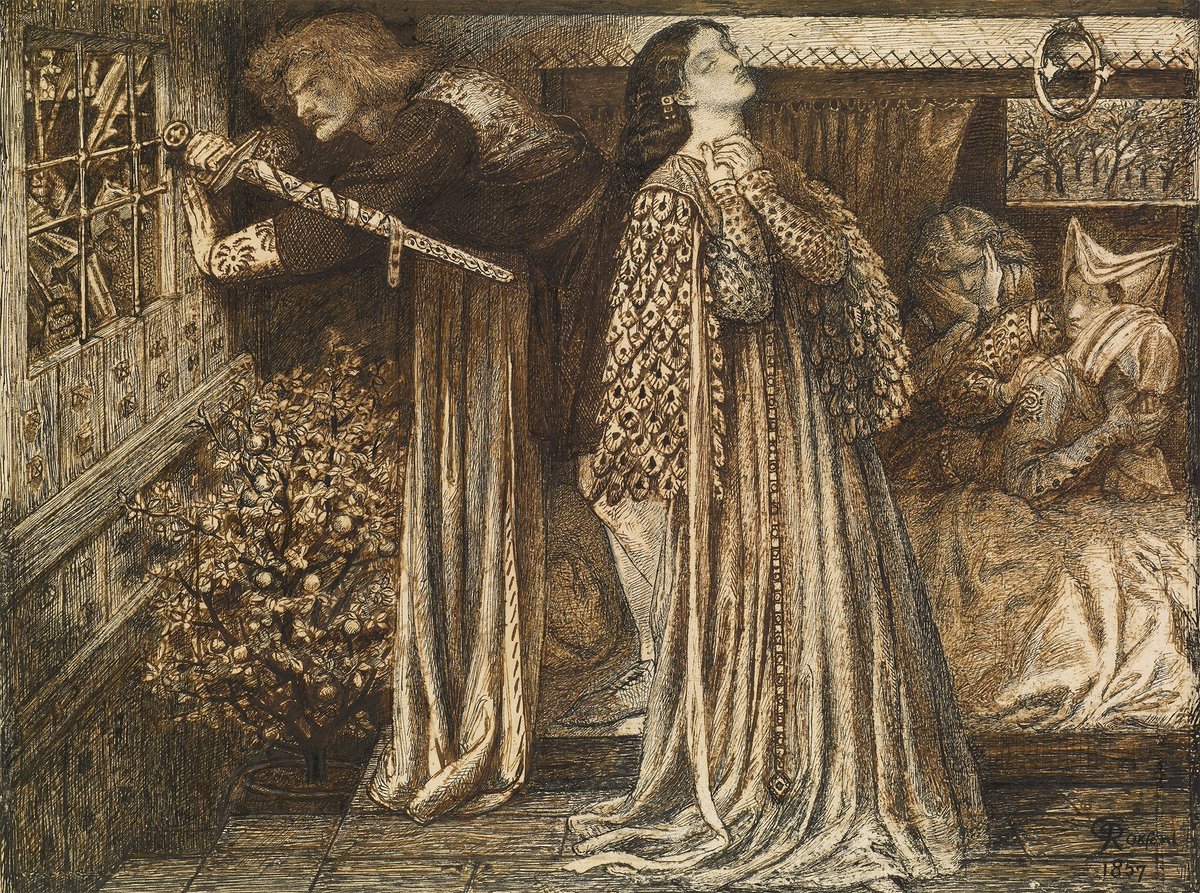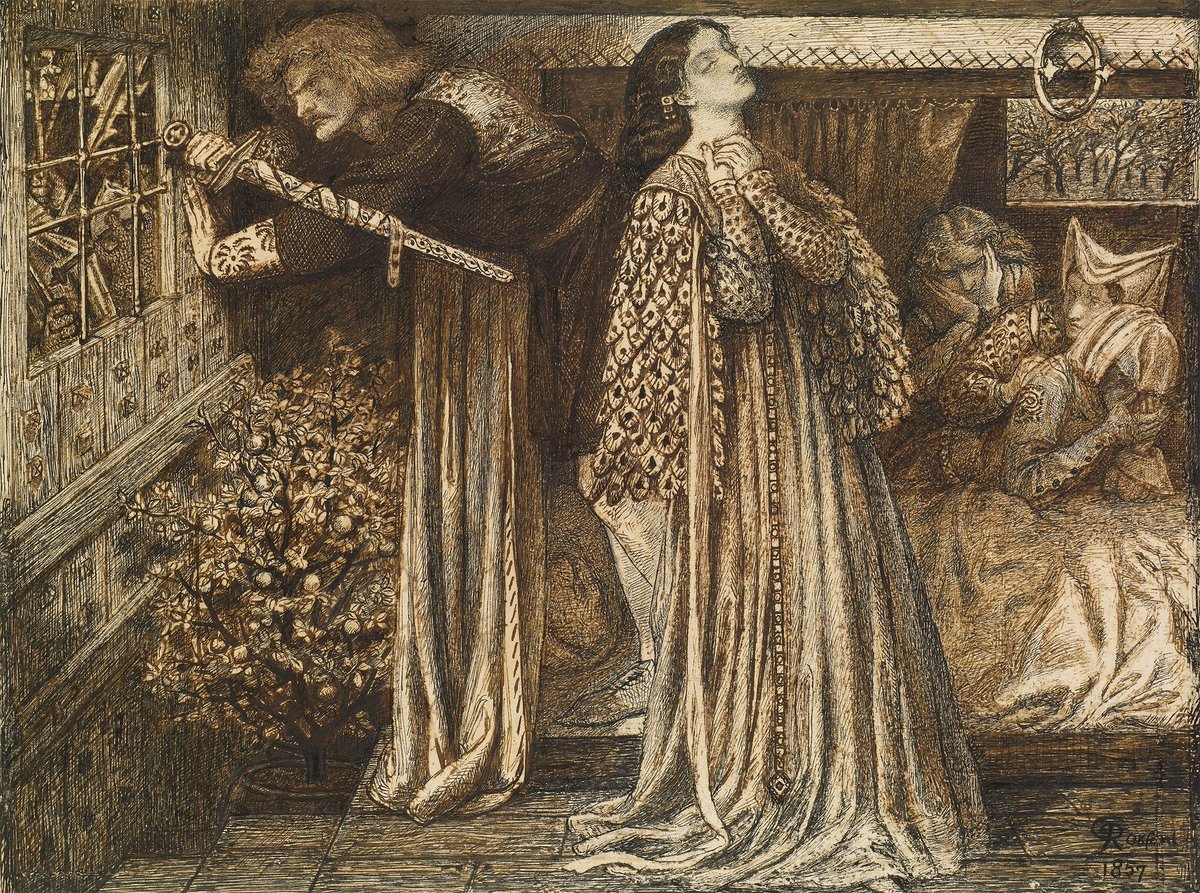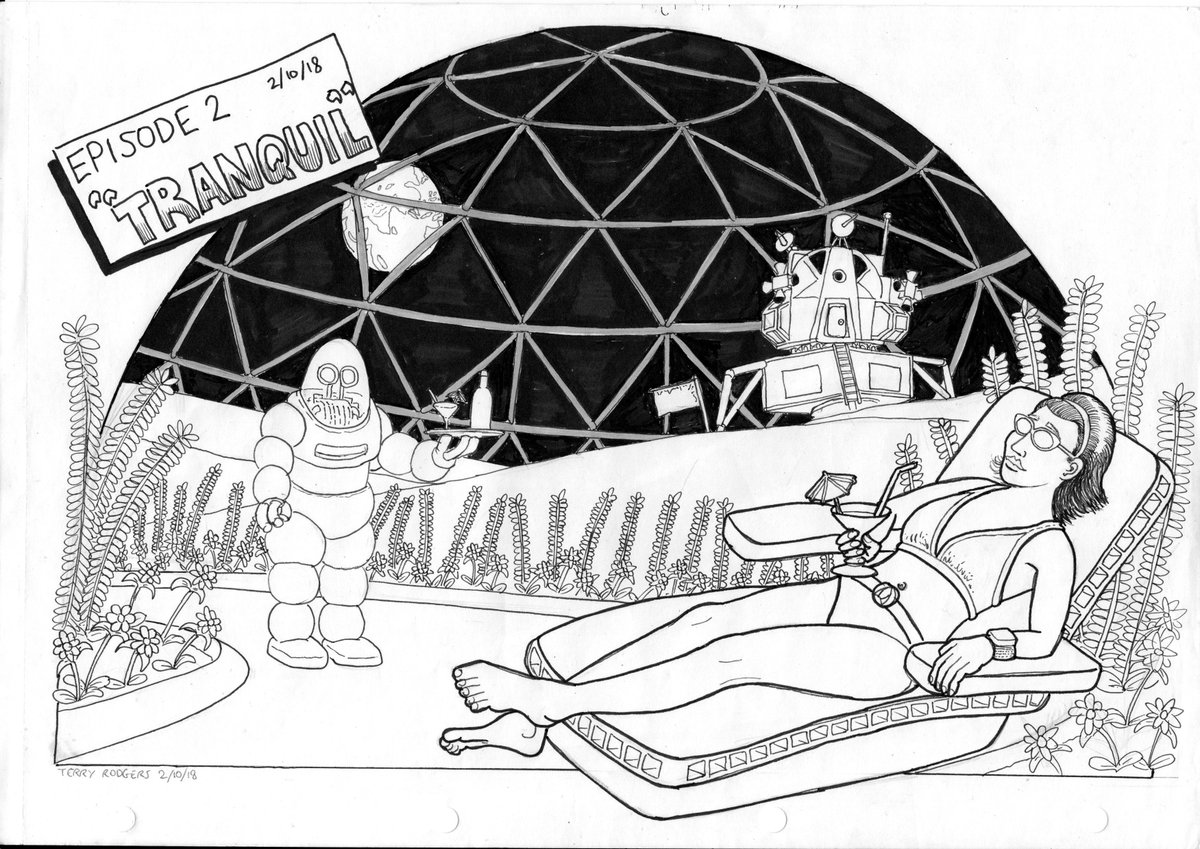Leonardo started out by drawing a perfectly proportioned man and then found the circle and square in the figure. The circle and square are only tangent at one place, the base.
A Yantra from what little I know is a geometric design used as a highly efficient tool for contemplation, concentration and meditation.
the length of a man’s outspread arms (arm span) is equal to his height., - the length of the hand is one-tenth of a man’s height.,
The same proportions of Mona Lisa used to achieve balance and beauty..
(If you would like to start from the thread on Mona Lisa - go here!
)
Milan, c.1495–1496
Sfumato Example from the Mona Lisa sub-thread
















































